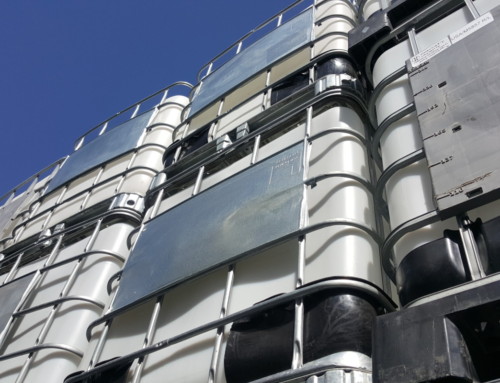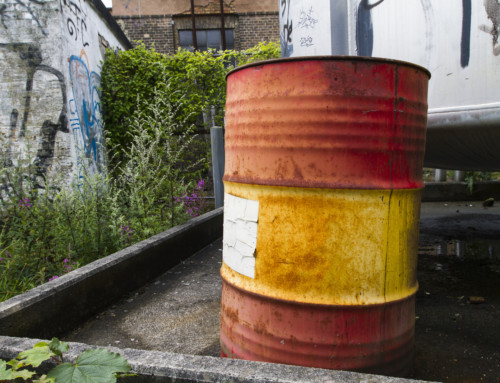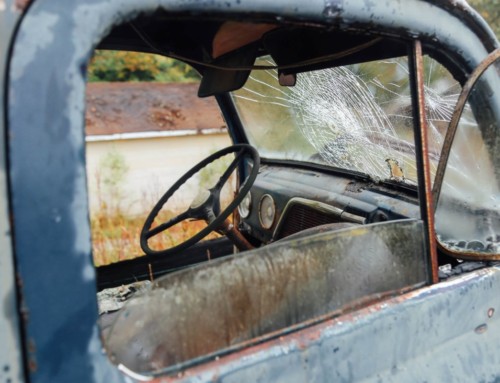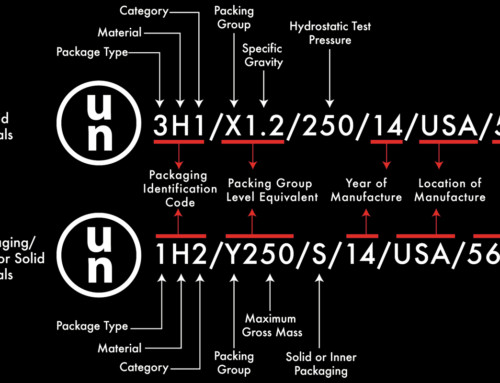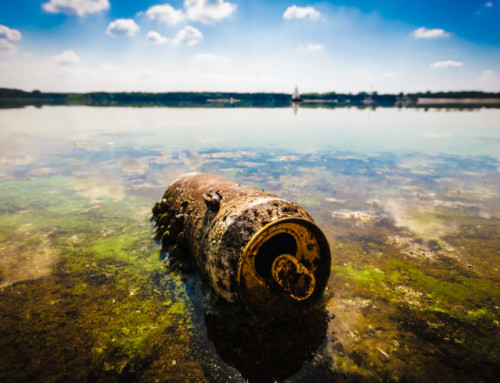Classifying hazardous material wrong can be a costly affair. Just a few years ago, three North Dakota crude loaders were fined a total of $93,000 for downgrading the classification of the hazardous material they were shipping. (See this Article) If you want to ship a hazardous material safely and make sure that first responders follow the right protocol when responding to a spill, it’s important that you accurately classify the hazardous material.
To classify a hazardous material you’ll need to use the DOT table located at 49 CFR Section 172.101. With the exception of Class 7 radioactive materials, Division 6.2 Infectious materials and Class 2 compressed gases, hazardous materials are split into three levels of packing groups on the table. Packing Group I is the highest and indicates greatest danger, Packing Group II indicates a medium danger and Packing Group III indicates a minor danger.
First, find the hazardous material description and proper shipping name, then look to column five for the materials packing group. You’ll need to match the performance standard of the packaging to the packing group that the material is listed under on the table. A packaging with an X rating covers packing group I,II, and III, Y rating covers packing group II-III, and Z rating for packing group III only.
Also make sure the material will not react with the container itself. For example, a corrosive material, like a class 8 solvent, will react with a metal container so you’ll need to use a plastic or plastic-lined container with the correct rating.
When in doubt, you’ll want to use caution and err on the side of safety. As always, if you have any questions or comments please post them below.




